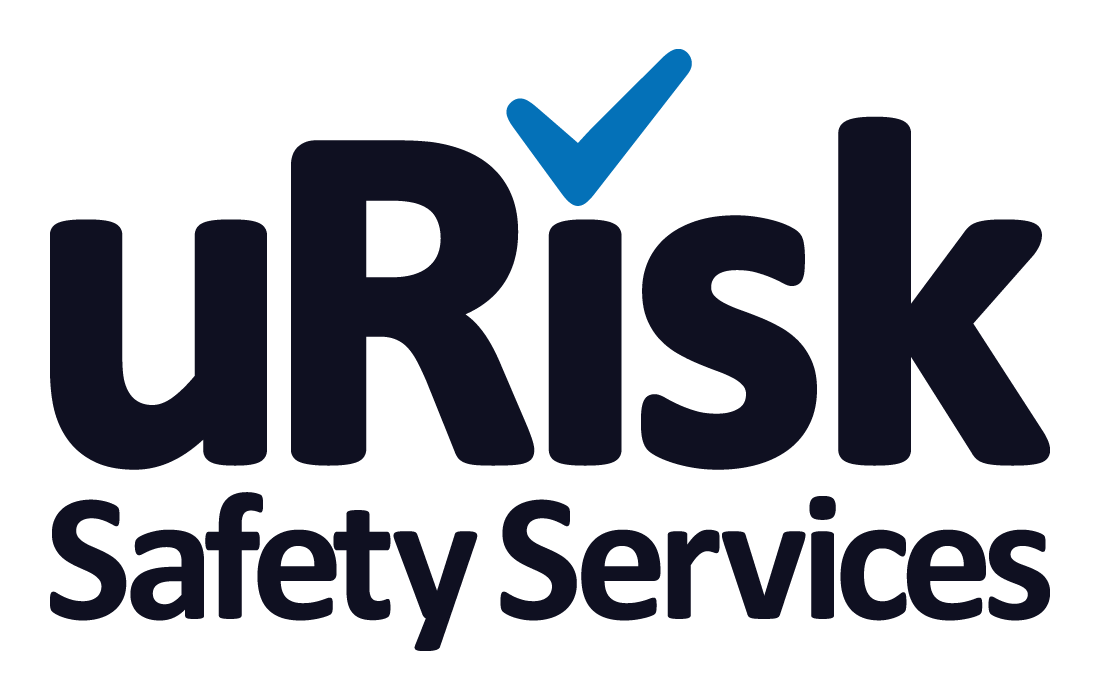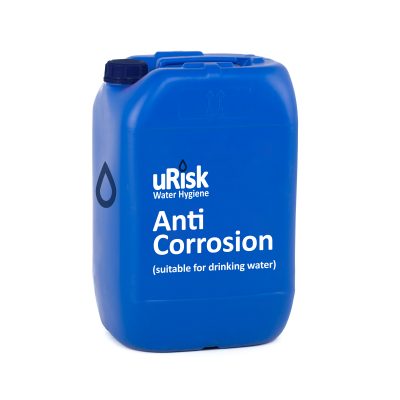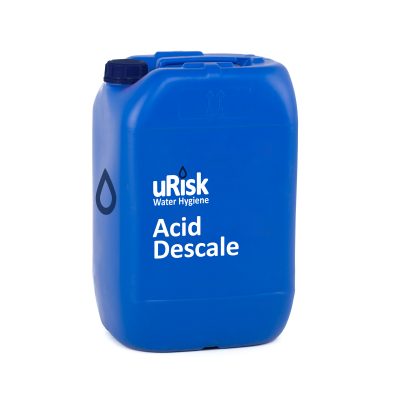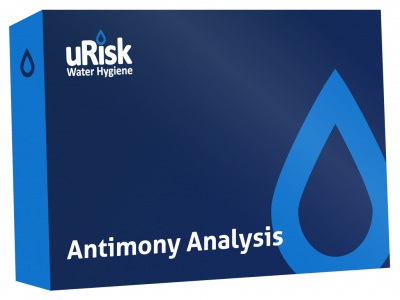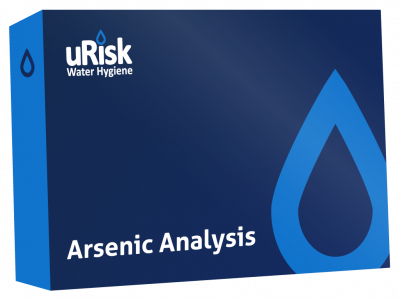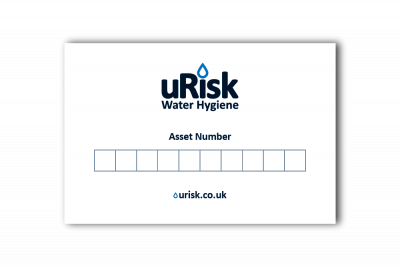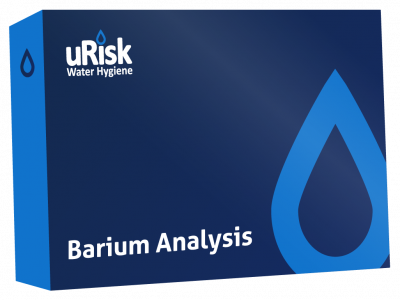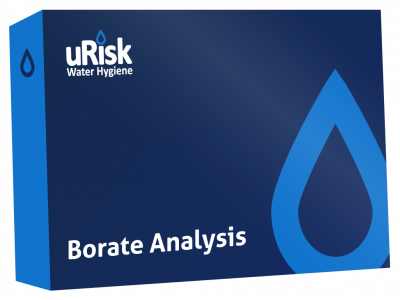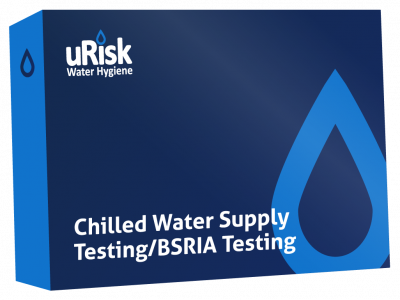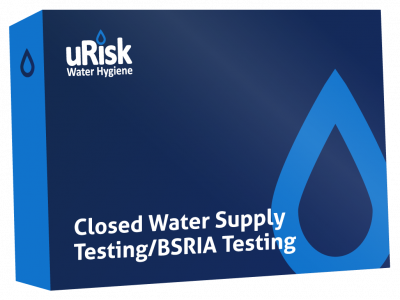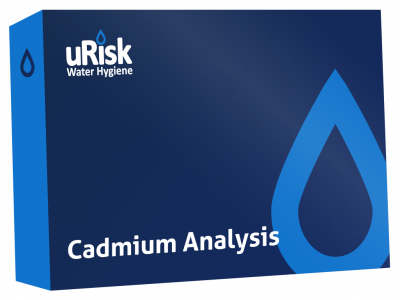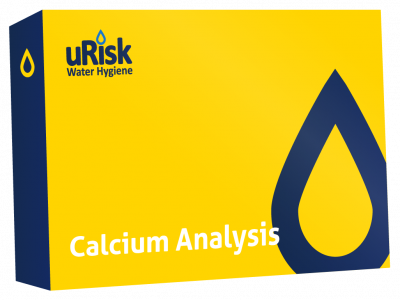Free Return Delivery
Return the sample kit in a return package to uRisk for Free.
UKAS Approved Laboratory
Have piece of mind that your results are accurate with uRisk.
Water Hygiene Services
We’re specialists that test and treat your water quality failures.
Free 30 min Support Call
Get the advice and support you need with a free 30 min support call.
Not Drinking Water Sign (Pack of 20)
£50.00 +VAT
Not Drinking Water Signs
The perfect label to identify non-safe drinking water. These signs are waterproof and adhesive to wall and tiled surfaces, meaning quick and easy installation.
Display this sign near water sources that are not acceptable for drinking to avoid any accidents and confusions.
uRisk Water Hygiene Services
uRisk is a water hygiene specialist that provides both water treatment services, UKAS accredited legionella testing, and water testing analysis. This mean’s we can resolve your water quality failings with water treatment engineers in-house. There are many legionella testing kits available online from non-specialists who operate as an e-commerce store that may not provide the same level of service.
uRisk’s legionella testing kits are suitable for any water system and industry. This includes hot and cold systems, cold water storage tanks, cylinders, dental water lines, swimming pools, and more.
4 Simple Steps
Step 1 - Order Signage
Order your water proof easy to stick on label today from uRisk.
Step 2 - Labelling
Confirm the labelling location matches your legionella risk assessment.
Step 3 - Water Logbook
Check that your labelling also matches your water logbook.
Step 4 - Start Monitoring
You’re all set to monitor your asset, that is correctly matching your record keeping.
About this Product
What is included?
- 20x Stickers
Weight & Dimensions
Weight: 1kg
Dimensions: 25.5 x 15.5 x 14.5 cm
FAQs
Where would I display these safety signs?
Display this sign near any water sources that are not acceptable for drinking.
Can I install the sign with self-adhesive vinyl?
They are adhesive to walls and tiled surfaces.
Can the sign get wet?
These signs are waterproof.
What is the purpose of a ‘Not Drinking Water’ sign and where should it be displayed?
Under the Workplace (Health, Safety and Welfare) Regulations 1992, employers must ensure the health, safety and welfare of all employees and visitors in workplaces. This covers the provision of potable water (water that’s clean enough to drink) and the Health and Safety Executive’s guidance states: “Drinking water does not have to be marked unless there is a significant risk of people drinking non-drinking water.”
Most drinking water is pumped directly from the mains supply, but some cold water taps are supplied from water stored in a tank on the roof of the premises. If the storage tank is stored in an open or poorly covered water tank, or the water tank becomes damaged, there is a possibility the water in it will become contaminated. Hence the need for a ‘Not Drinking Water’ sign to be placed by every tap that’s served by the tank’s water.
These days, more businesses are installing greywater systems as a way of saving water. Greywater is water that’s clean enough to be reused, but not clean enough for drinking. Greywater systems divert the wastewater from sinks, showers and washing machines and use it to flush toilets, or it’s pumped to outside taps where it can be used to water grounds as well as wash vehicles and yards. Greywater taps must therefore be clearly labelled with a ‘Not Drinking Water’ sign.
How do you tell if the water from the tap is drinking water or not drinking water?
Drinking water is pumped directly from the main supply to the tap. Water that comes from a storage tank is not potable because of the risk of contamination. If you are unsure whether or not a tap gets water directly from the mains or from a storage tank, the advice of the Drinking Water Inspectorate is to “place your thumb over the tap outlet. If you are able to hold back all the water with your thumb when the tap is fully open, then the tap is likely to be connected to a tank, not the mains.”
Why are ‘Not Drinking Water’ signs essential in industrial, construction, or non-potable water settings?
To comply with health and safety regulations, ‘Not Drinking Water’ safety signs are essential. Only taps that are directly attached to the water mains can guarantee the water drawn from them is clean enough to be safe to drink. Water drawn from different sources, such as a storage tank, maybe clean enough, but there is no guarantee – there is a possibility that damage to the tank has let impurities into the water that could lead to illness if ingested. A self-adhesive ‘Not Drinking Water’ safety sign stuck next to the tap in question is an effective and cost-effective way of warning people not to drink the water and keep everyone safe.
Are there specific regulations or standards that govern the installation of ‘Not Drinking Water’ signs?
The provision of potable water – water that’s clean enough to drink – is a fundamental health and safety requirement of all employers under the Workplace (Health, Safety and Welfare) Regulations 1992. In the UK, we are so used to turning on the tap to get clean, safe drinking water, we don’t even think about safety. This means that, if there is even a small possibility the water from a tap might not be 100% safe, a clear warning needs to be given to prevent people from drinking it. Distinctive and unambiguous ‘Not Drinking Water’ signs are the best way to do this.
What information should be included on a compliant ‘Not Drinking Water’ sign?
The only information people need to know is that it’s not safe to drink the water. A safety notice needs to prevent people doing something that’s potentially dangerous, so the messaging needs to be simple and impactful.
Can you explain the potential risks and health hazards associated with consuming water labelled as ‘Not Drinking Water?
When a tap is labelled with a ‘Not Drinking Water’ safety sign notice, it is telling you there could be consequences for drinking the water from it, even if it looks as clear as drinking water. In many cases, the ‘Not Drinking Water’ notice is a precautionary measure so if you do drink water, there could be no consequences. But that’s not always going to be the case. In many cases, the water will have come from a storage tank rather than the mains. If the lid of a storage tank comes loose, the tank will become contaminated with dust, dirt, germs, chemicals and anything that’s in the atmosphere. There’s also the possibility that animals could fall in and drown – all of which will contaminate the water. When ingested, any of these contaminants could cause health problems ranging from mild nausea or diarrhoea to more serious forms of poisoning. Making safety signs clearly visible
What are the advantages of using rigid plastic for not drinking water signs?
Rigid plastic is an excellent choice for not drinking water signs for several reasons. Firstly, it provides durability and longevity, ensuring your drinking water sign remains intact and legible over time. The rigid plastic material is suitable for both indoor and outdoor use, making it versatile for various environments.
These prohibition safety signs typically come with self-adhesive backing, simplifying installation on different surfaces. The combination of self-adhesive vinyl and rigid plastic ensures a secure and long-lasting attachment, suitable for external use or on a smooth surface.
Additionally, the use of rigid plastic enhances the visibility of the water safety sign, making it easily noticeable by individuals to deter them from consuming non-potable water. This safety sign material is designed to withstand environmental conditions and is resistant to moisture, ensuring the safety sign’s effectiveness even in wet areas.
In summary, opting for rigid plastic for your not drinking water signs offers the benefits of durability, versatility, visibility, and resistance to environmental factors, making it a reliable choice for safety signage in various settings.
Why choose uRisk?
Over 25 years of water hygiene and legionella control experience.
Friendly and simple advice by phone, email & online at your convenience.
All staff are trained water hygiene consultants and engineers.
With engineers located all across the UK, we're never too far away.
Our labs are UKAS approved providing you with quality assurance.
Your one stop shop for Legionella control, no need to go elsewhere.
You may also Like
-

Anti Corrosion 10L (drinking water suitable) 10L
£60.00 +VAT -

Anti Scale (copper suitable) 10L
£100.00 +VAT -

Anti Scale (steel suitable) 10L
£40.00 +VAT -

Antimony Analysis
£50.00 +VAT -

Arsenic Analysis
£50.00 +VAT -

Asset Labels (Pack of 20)
£80.00 +VAT -

Barium Analysis
£50.00 +VAT -

Borate Analysis
£50.00 +VAT -

BSRIA Chilled Water System Sampling
£365.00 +VAT -

BSRIA Closed Water System Sampling
£315.00 +VAT -

Cadmium Analysis
£50.00 +VAT -

Calcium Analysis
£50.00 +VAT
